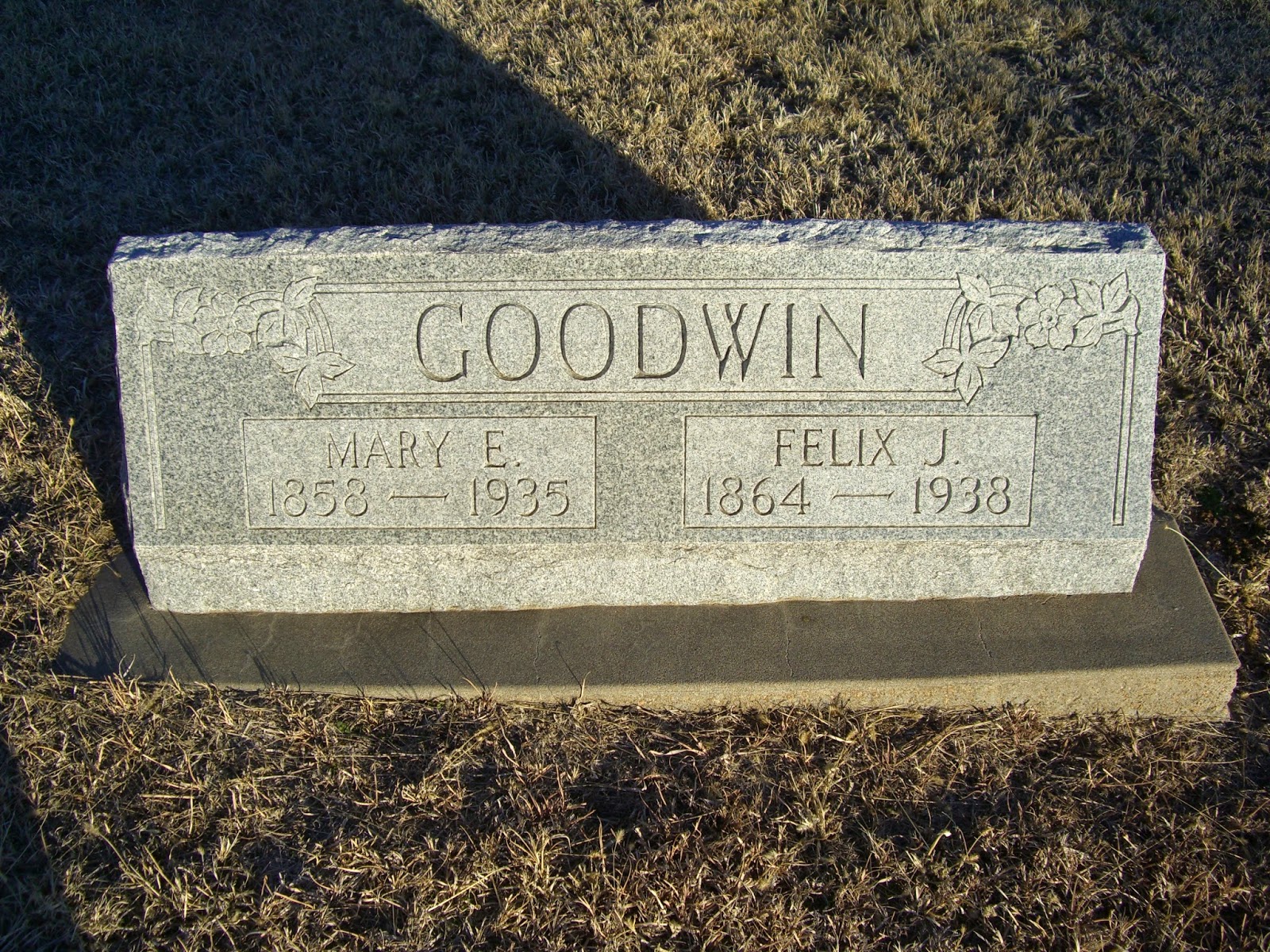 |
| Barbed wire against an Osage Orange post |
Isaac Werner homesteaded in 1878, when many settlers still regarded the prairie as a land of open grazing. Farmers needed to fence livestock out rather than fencing their own livestock in. As more crops were planted, it became the responsibility of the stock owner to build fences to hold his cattle, hogs, and other livestock. However, during the period of drought in the late 1880s, stock raisers had too little to feed their stock and they became negligent about keeping their starving livestock penned, instead ignoring the trespass of their animals onto neighbors' land in search of forage.
Isaac had particular trouble with Goodwin's hogs. After spending a day fencing his haystacks, he found his neighbor's hogs back eating his hay. Isaac wrote in his journal that it might have been better to have gone over to repair Goodwin's fences than to have spent the day building fences around his own hay!
 |
| Close-up view of the barbs on a roll of wire |
Isaac's only livestock consisted of his horses, occasional pigs, and chickens, and he never mentions barbed wire in his journal. He built board fences for his hog pens and he would never have used barbs on fencing to keep horses penned, so chances are that his journal references to wire described smooth wire.
Osage orange wood made excellent fence posts, and some people used closely planted Osage orange trees as pasture and pen enclosures, the thorns on the tree limbs making an effective barrier. (See "Planting Osage Orange Trees," 3-15-2012 in the blog archives.)
 |
| Patent drawing for Glidden's wire |
The first patent for barbed wire was issued in 1867, with a later patent in 1874 being issued for a modified version more like modern barbed wire. The history of its introduction is part of the plains narrative of cattlemen vs. farmers. Barbed wire was the first fencing that could effectively fence cattle in pastures or out of fields of crops. On the open range, cattle had roamed freely, moving with the seasons to avoid prairie blizzards and to find grass when grazing areas became depleted. Cowboys were needed to drive the cattle and to round them up. Fencing ended open ranges in most places, although some western regions still have large areas of open range. Fences also ended the need for significant numbers of cowboys, bringing an end to the mythology that grew up around the cattle drives.
Another sad use of barbed wire is in war, and the horrors of battlefield barbed wire were especially tragic in W.W. I when soldiers charging out of trenches toward enemy lines became entangled in the barbed wire and were mowed down by machine guns in massive numbers. Tanks were specifically developed to combat the effectiveness of barbed wire in trench warfare. In addition to agricultural use, barbed wire can still be seen atop security fences and on prison fences.
 |
| Barbed wire around a pasture |
There are barbed wire collectors who collect the various types of barbs. My father believed he fell victim to an over-eager collector one day as he took down the barbed wire with which he had temporarily fenced a field. When he finished he put the roll of barbed wire in the ditch beside the field, well concealed by the tall grasses. He went back to the house for the pickup to collect the roll of wire, but when he returned, the roll was gone. Only one pickup had driven past as he was working, and because he was only gone a few minutes he always suspected that the man who saw him putting the roll in the ditch had returned for the wire. He knew the person and also knew he was not a farmer nor did he keep cattle, so he wondered if he had been the victim of a barbed wire collector. Today few farmers bother using barbed wire for temporary fencing, using electric fences instead.
Whether you call it Barbed wire, Barb wire, or Bob wire, or as some people in the southeast say, Bobbed wire, this fencing played an important role in taming the Wild West.








.JPG)








